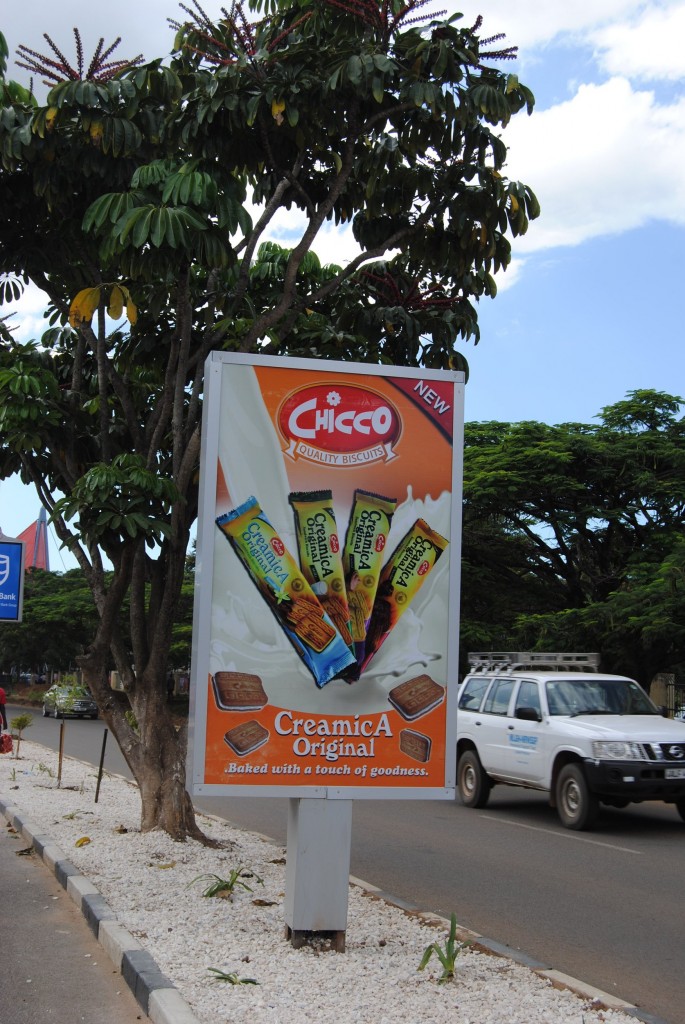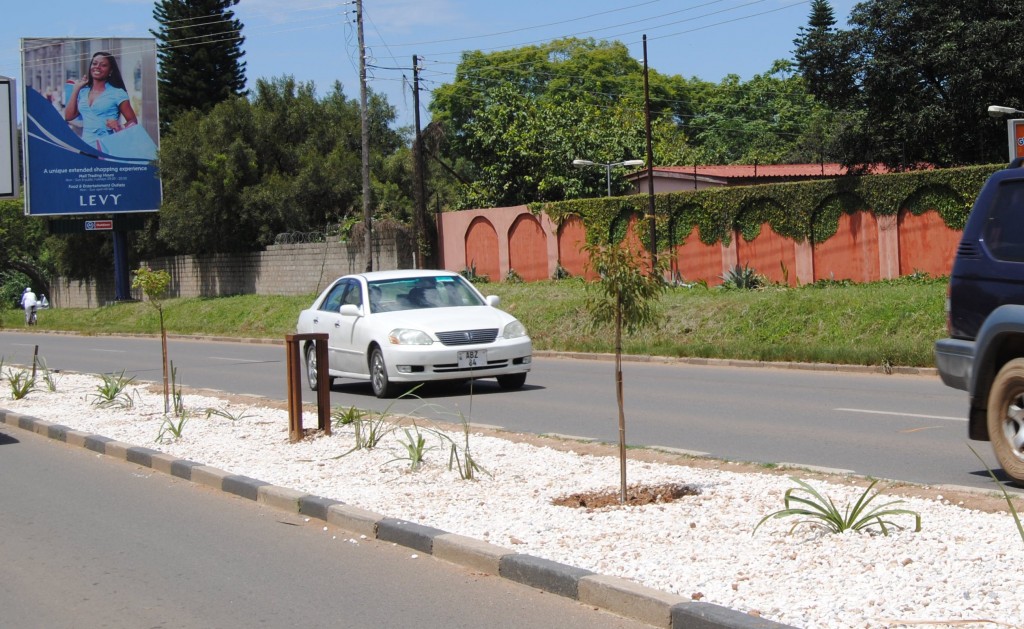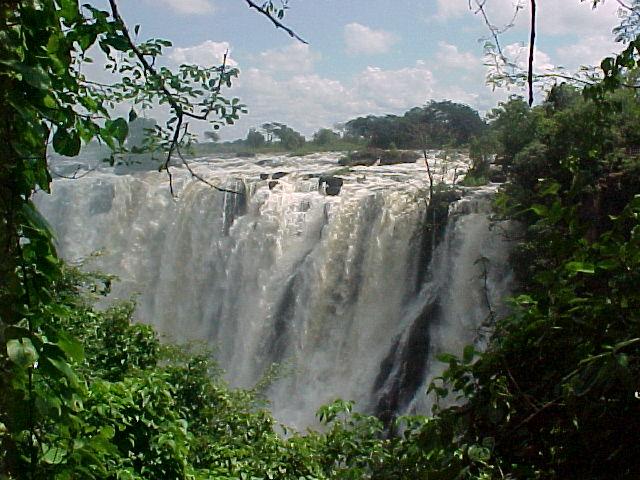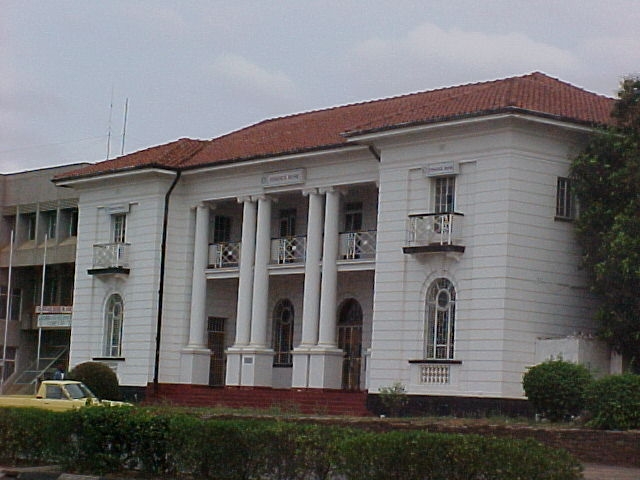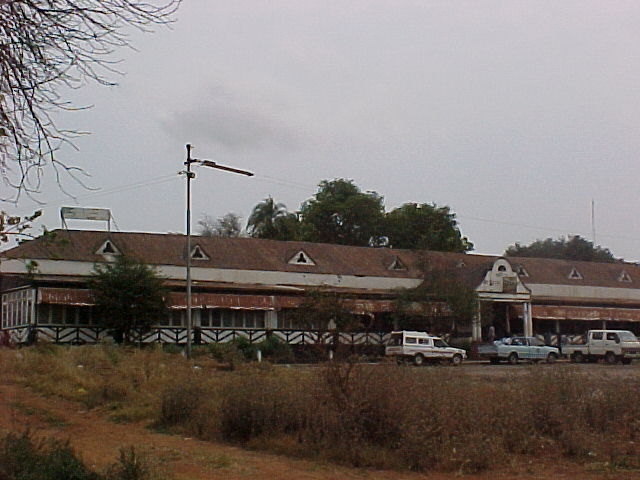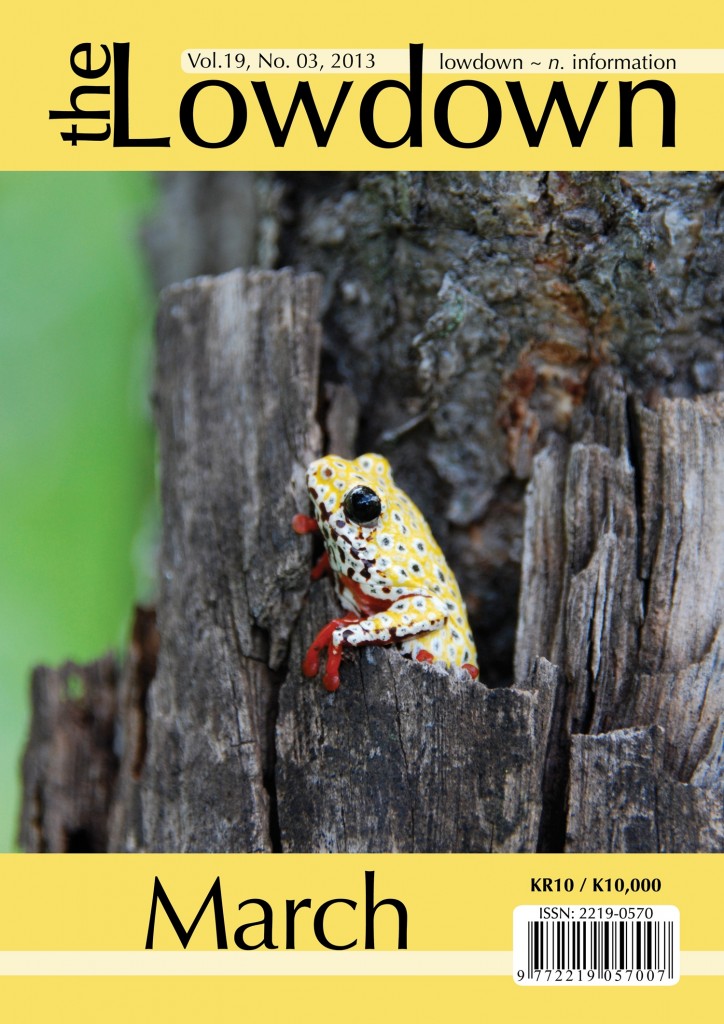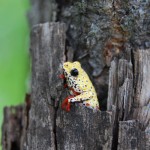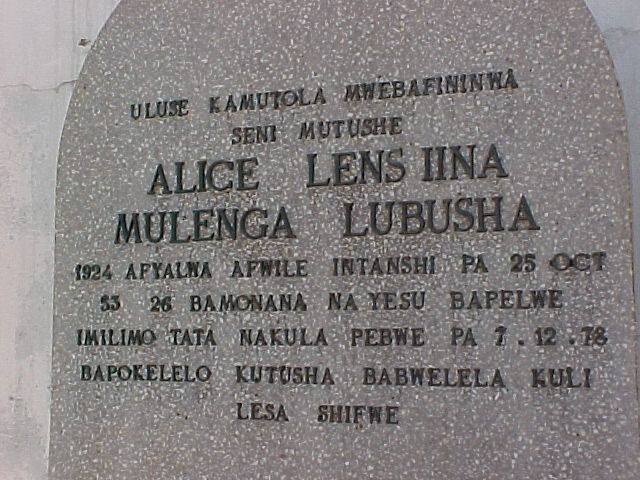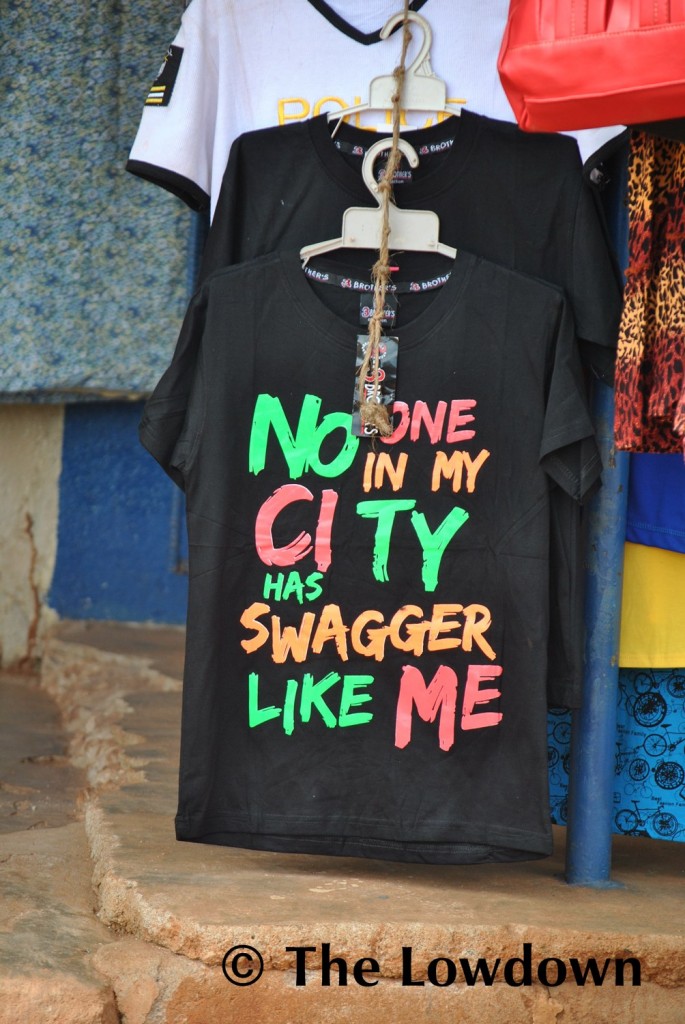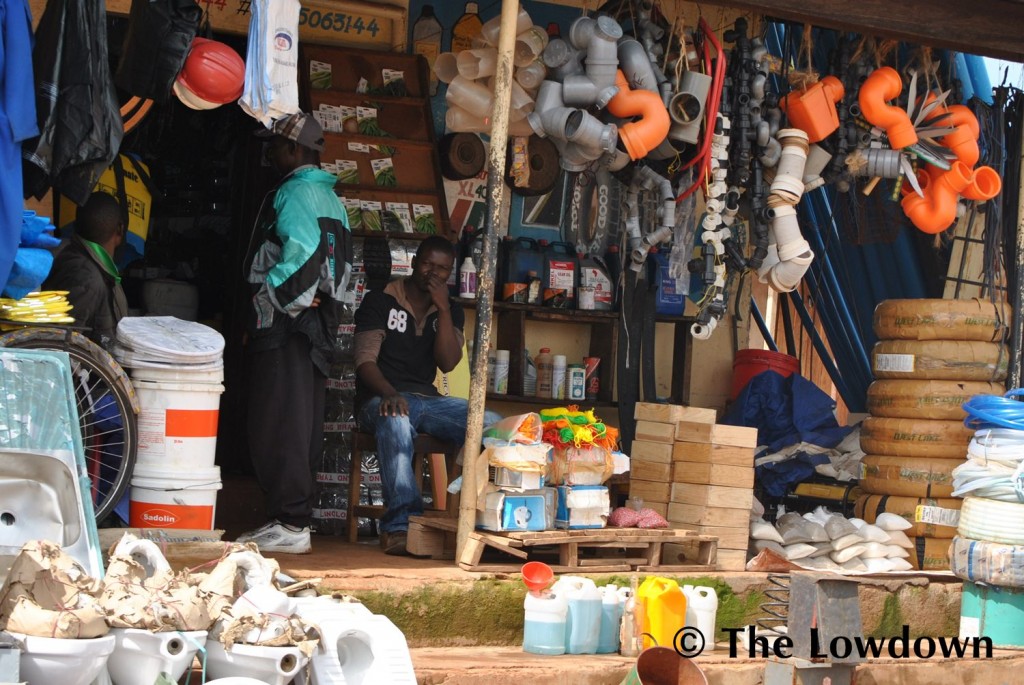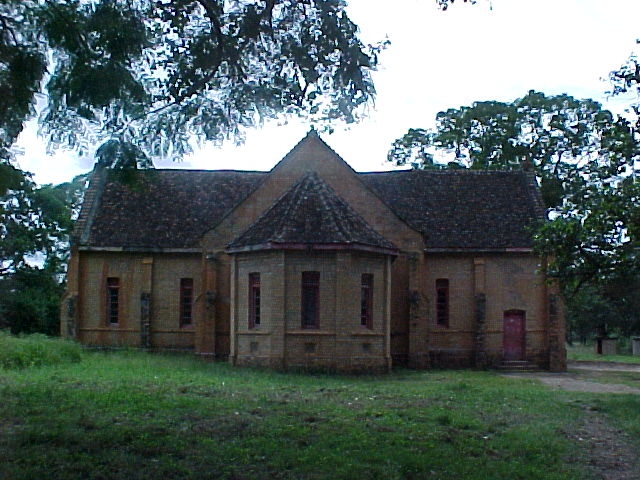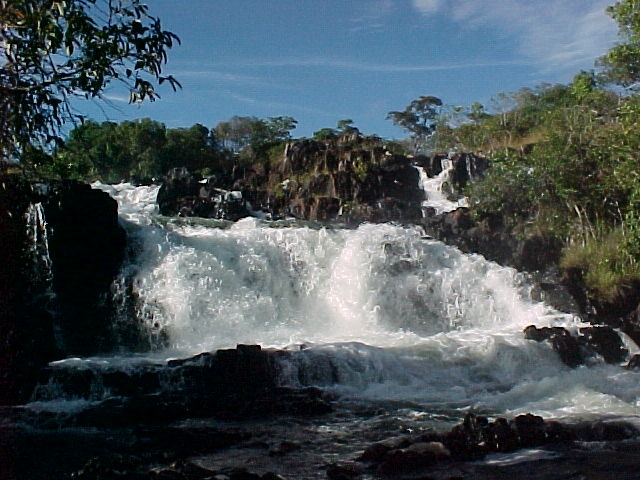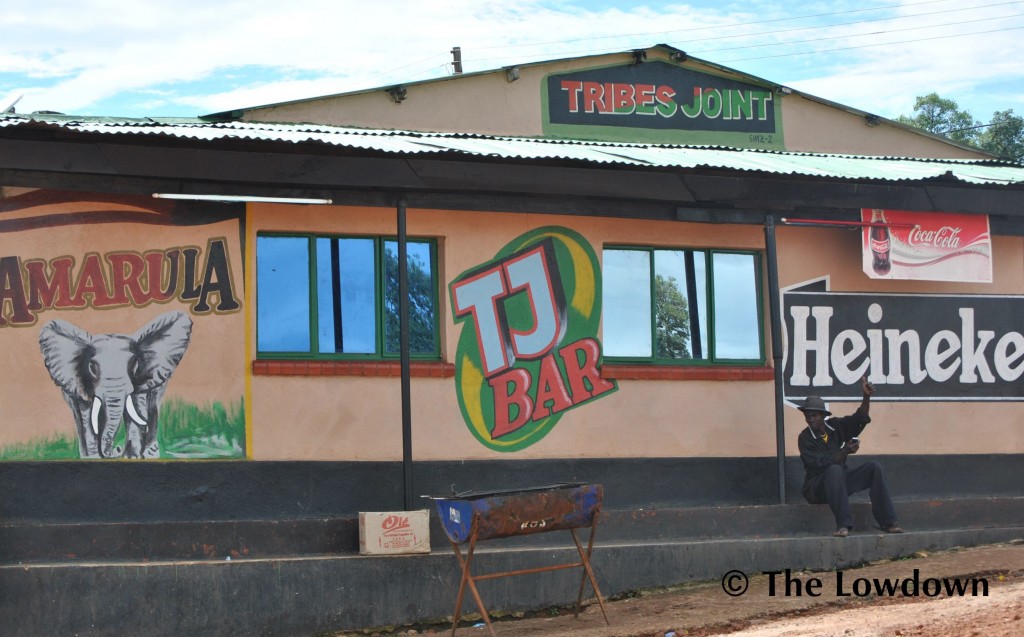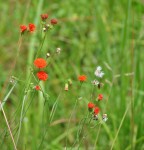 With Green Expo Zambia being held from 5 to 7 April at the Lusaka National Museum, we thought we would look at some clean and green alternatives to the many chemical-laden manufactured household cleaners. We scoured the web and not only are these made from natural products, but they will also help to keep the household budget in shape.
With Green Expo Zambia being held from 5 to 7 April at the Lusaka National Museum, we thought we would look at some clean and green alternatives to the many chemical-laden manufactured household cleaners. We scoured the web and not only are these made from natural products, but they will also help to keep the household budget in shape.
Using Leftover Vegetable and Fruit Scraps
A Greasy Mess – Sprinkle the affected area with salt or bicarbonate of soda and rub with juiced lemon halves. (Not to be used on sensitive surfaces such as marble.)
Shine your glass coffee pot – Add ice, salt and lemon rinds to an empty coffee pot; swirl around for a minute or two, dump and rinse well.
Clean your tea pot – fill the pot with water and a handful of lemon peels and bring to a boil. Turn off heat and let sit for an hour, drain and rinse well.
Make zest – If you’ve juiced lemons, oranges or grapefruit, grate the outer layer and freeze, store in an air tight container and freeze.
Make potato crisps – Mix potato peels with enough lemon juice and olive oil to evenly coat. Spread the potato peels in a layer on a baking sheet and cook at 180º, stirring once, until golden brown (about 10 minutes). Season to taste.
Keep brown sugar soft – Add some lemon peel (with traces of pulp and pith removed) to keep brown sugar moist and pliable.
Make a banana sugar scrub – Sprinkle sugar on the flesh side of banana peels and use as a soft, exfoliating loofa. Rub gently all over your body and then rinse in the shower.
Moisturise – Rub the fleshy part of an avocado peel on your face for a rich moisturiser.
Relieve your tired eyes – Potato peels can reduce puffiness around eyes; press the moist side of the fresh peels to the skin for 15 minutes.
Go Au Naturel
Vinegar – Dilute one part water to one part vinegar and use to clean almost anything in your house. Keep vinegar away from marble, and be sure to dilute properly or it could eat away at tile grout. Use straight up in empty toilet bowls to tackle that annoying water ring. Add mint leaves or fragrant natural essences to the bottle to freshen up the smell.
Lemon juice – Use undiluted to get rid of hard water deposits and soap scum and polish brass and copper. Mix half a cup of lemon juice with a cup of olive oil to create a hardwood polish.
Lemon juice also deodorizes, cleans glass, and helps to remove stains.
Bicarbonate of Soda – Does a great job at deodorizing the fridge, your sneakers, the hamper and your wardrobe. Less well known is that it can be made into a paste by mixing with water and then used to remove stains on countertops, stainless steel, fridges and cutting boards by letting it sit awhile and then wiping ot away. A thicker paste will work well as an oven cleaner. Let it sit overnight and then wipe away and follow with a damp cloth.
Borax is traditionally used as a laundry booster; it softens the water and helps make clothing cleaner and brighter. But it can also be used to deodorise, repel bugs, disinfect and clean. In an empty spray bottle, mix a teaspoon of borax with two tablespoons of vinegar and some hot water. Add a few drops of dish detergent, essential oil of your choice, fill up the rest of the bottle with water and use as a multi-purpose spray.
Windows and mirrors – Use a mix of lemon juice and water to clean glass areas. You can use vinegar or club soda instead of lemon juice.
All-purpose cleaner – Use vinegar and water for disinfecting and deodorizing.
Ink stains in carpet – Mix cornstarch with milk to form a paste that will soak up ink stains.
Grease on counters – Use cornstarch to sop up grease on the kitchen counter.
Drain Cleaner – Pour 1 cup of Bicarbonate of Soda then 1 cup vinegar down drain. Let sit for 10 minutes and flush with boiling water followed by warm tap water until drain clears.
Air Freshener – Mix 2 cups hot water and 2 tablespoons Bicarbonate of Soda with a few drops of essential oil in a spray bottle.
Carpet Cleaner/Deodoriser – Sprinkle carpet with Bicarbonate of Soda. Let it sit for half an hour and vacuum.
Fabric Softener – Add 1/2 cup white vinegar to the rinse cycle
Luscious Lemon
Use a half lemon and salt to clean even the most heavily discoloured brass or copper. Always test a small spot before scrubbing away.
Shine up your chrome taps or the chrome on older model cars with lemon and salt.
Diluted lemon juice not only cleans stains from cutting boards, but helps kill germs as well. Rub the juice full strength onto the stain and let sit until the stain fades. Can be left overnight, then rinsed well and dried.
Use lemon juice and an old toothbrush to scrub grout.
Clean your microwave and remove odours. Place a cup 3/4 full of water with a couple tablespoons of lemon juice in the microwave. Heat to boiling. Don’t open the door for another 10 minutes. Then just wipe away food particles with a clean cloth and dry.
Put a dilute solution of lemon juice in a spray bottle to clean laminate counter tops. Rinse with water and dry afterward.
Scrub grills and grates with lemon juice and salt.
Soak plastic food storage containers in dilute lemon juice to remove stains and odours. Add Bicarbonate of Soda and scrub, rinse and dry.
Remove rust stains from cotton and polyesters. Make a paste with lemon juice and cream of tartar and rub the mixture into the stain. Let the item sit for about a half hour, and then wash as normal (test before use).
Brighten your clothing by soaking clothes in a hot water and lemon juice mix (about a half cup per five litres of water) and then wash as normal. Works best if laundry is then dried in the sun. Lemon juice should not be used on silks or other delicate fabrics.
Remove odours from your refrigerator with a half lemon on a saucer. Change once a week.
Clean food preparation smells from your hands with a dilute solution of water and lemon juice.
Remove grease stains from clothing. Rub lemon juice into the spot and let sit overnight and then wash as normal.
Clean windows and mirrors. Put a few tablespoons of lemon juice and water into a spray bottle. Works as well as a vinegar solution and smells better.
Keep your toilet bowl fresh. Place a half cup of lemon juice in the bowl and swish with a toilet bowl brush.
Sanitize earrings by placing them in a saucer of lemon juice.
Clean hard water stains on glass shower doors with half a lemon.
Salt of the Earth
To clean enamel cookware, a paste of equal parts salt and vinegar will do an excellent job.
For those burnt bits on the bottom of pans, apply a sprinkling of salt as soon as you’re finished cooking. This will lift them
Extra-greasy pans, add a bit of salt and then use a piece of paper to buff. Follow with a normal wash.
Clean oven spills with a mixture of mostly salt and a dash of cinnamon. Keep this mixture on hand so that you can cover spills (both inside and stove top) as soon as they happen. The salt will absorb the liquid and both salt and cinnamon will fight any odours. Wait to cool completely before wiping away with water.
To clean your automatic coffee maker’s coffee pot, add a few tablespoons of salt to the water and bring the whole thing to a boil.
To remove stubborn coffee stains from cups, use a sponge to rub them with a paste made from salt and vinegar. Rinse with water.
To shine most metals (steel, silver, gold, pewter), make a paste from equal parts salt, flour and vinegar. Use a cloth to rub it on, let it sit for an hour, then rinse with water and wipe dry.
To remove rust from metal, make a paste from salt, cream of tartar and water. Apply the paste and then let the item sit in the sun to dry. Buff clean.
Keep your sponges fresher, longer, by soaking them in a saltwater solution after cleaning with them.
Clean out your refrigerator with a simple mixture of salt and soda water. It works, and there’s no strange smells to infiltrate your food.
Buff and brighten your cutting boards once in a while after using them. Just rub with a damp washcloth dipped in salt.
To deal with water cup rings or other marks on the surface of your wooden furniture, make a paste of vegetable oil and salt. Use a rag to rub it in, then use a clean rag to wipe it off.
To treat mildew stains on cloth, make a paste of equal parts salt and lemon juice. Apply this to the stain and hang in the sun to dry. Follow with normal laundering.
Freshen and whiten your faded or yellowed linens by boiling them in a salt and baking soda solution. In a washing tub or large pot, add 5 tablespoons of salt and 1 tablespoon of baking soda. Boil for 15 to 30 minutes, then remove and rinse in cold water.
Remove soap scum from bathroom tile by scrubbing with a solution of 1 part salt in 4 parts vinegar. Wipe clean with a damp cloth.
 We have lamented many times previously on the seeming willy nilly erection of billboards around Lusaka (and Ndola and Kitwe and Chingola and Solwezi and …). But this time the Lusaka City Council seem to have outdone themselves. We refer, of course, to the new billboards which have been erected in the centre island of Addis Ababa Drive.
We have lamented many times previously on the seeming willy nilly erection of billboards around Lusaka (and Ndola and Kitwe and Chingola and Solwezi and …). But this time the Lusaka City Council seem to have outdone themselves. We refer, of course, to the new billboards which have been erected in the centre island of Addis Ababa Drive.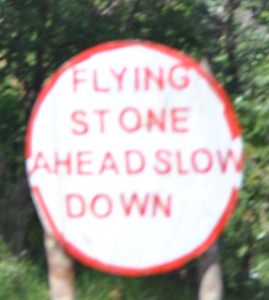 The first problem is the stone that has been spread liberally across the centre island. Already the stones, and they are not small, are falling into the road where they will become windscreen wrecking weapons as they hurtle out from under the tyres of passing cars and hit into the cars behind and to the side. Not only do we fear broken windscreens but also accidents as our many inexperienced drivers have their windscreens shattered rendering them unable to see where they are going. In the ensuing panic they will undoubtedly drift into the path or back of another vehicle.
The first problem is the stone that has been spread liberally across the centre island. Already the stones, and they are not small, are falling into the road where they will become windscreen wrecking weapons as they hurtle out from under the tyres of passing cars and hit into the cars behind and to the side. Not only do we fear broken windscreens but also accidents as our many inexperienced drivers have their windscreens shattered rendering them unable to see where they are going. In the ensuing panic they will undoubtedly drift into the path or back of another vehicle.